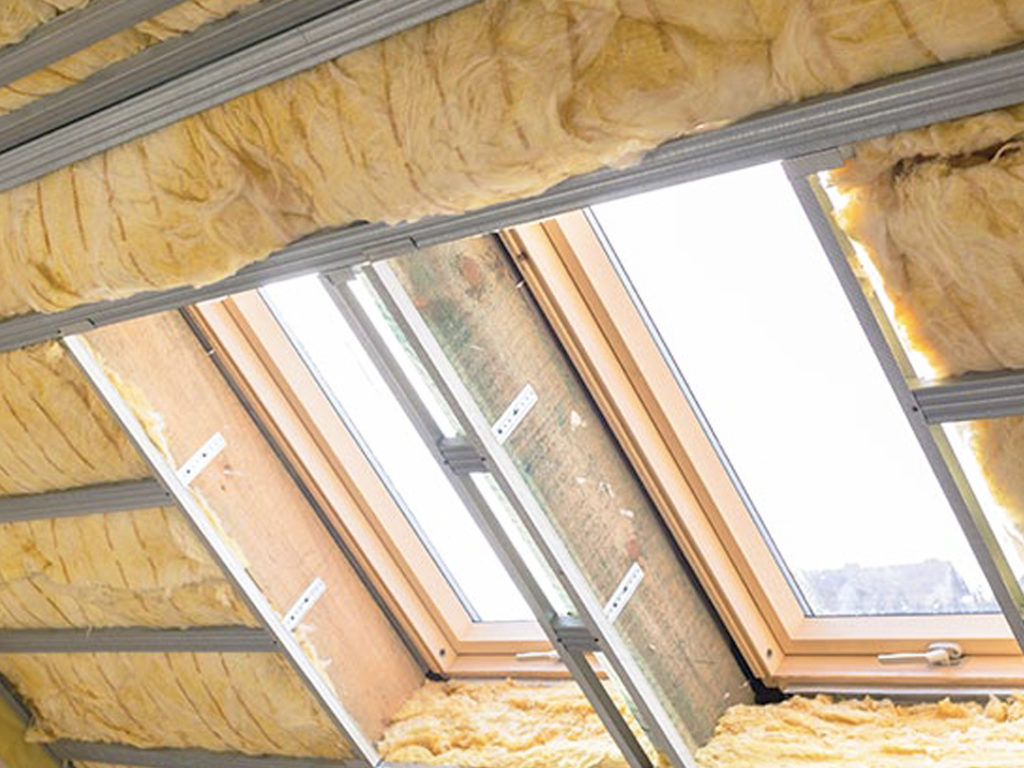What are the benefits of roof insulation on commercial buildings
Roof insulation is essential for maintaining a comfortable temperature inside buildings and reducing energy consumption. However, many people overlook the importance of roof insulation spacers, which play a crucial role in improving the efficiency and effectiveness of insulation. In this article, we will explore the benefits of roof insulation spacers and why they are a valuable addition to any building.What are roof insulation spacers?
Roof insulation spacers, also known as insulation supports, are plastic or metal devices that are installed between the roof decking and insulation. Their primary purpose is to create an air gap between the roof surface and insulation material, which helps to improve insulation performance.
The air gap created by roof insulation spacers acts as a thermal break, reducing heat transfer between the roof surface and the insulation material. This helps to keep the insulation material at a more consistent temperature, which improves its effectiveness in both hot and cold weather.
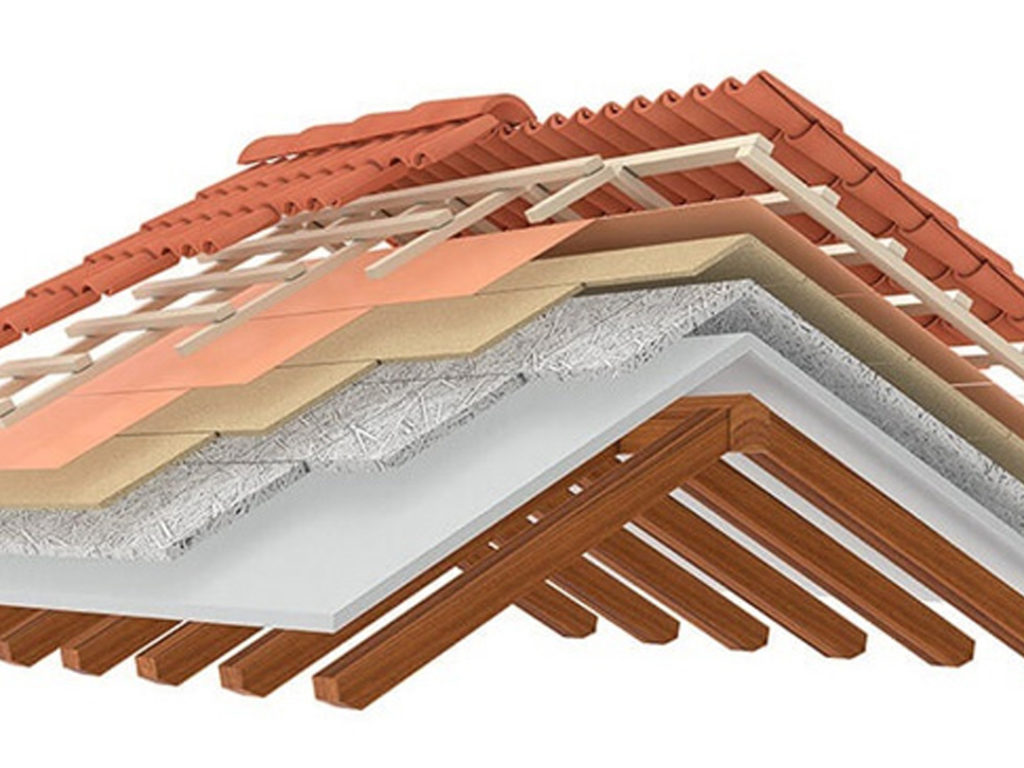
Benefits of roof insulation spacers
Improved insulation performance
As mentioned earlier, the primary benefit of roof insulation spacers is improved insulation performance. By creating an air gap between the roof surface and insulation material, roof insulation spacers reduce heat transfer and improve the effectiveness of the insulation.
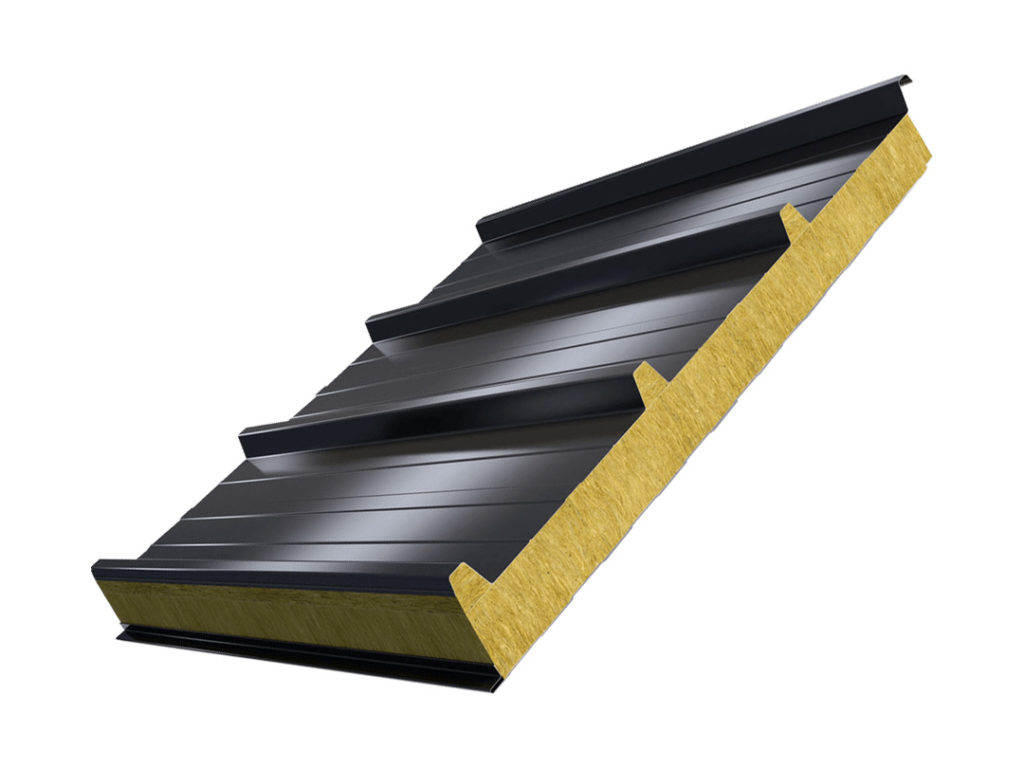
This means that buildings with roof insulation spacers require less energy to maintain a comfortable temperature, reducing energy consumption and energy bills. Additionally, improved insulation performance can also help to increase the lifespan of HVAC equipment by reducing the workload on these systems.
Reduced risk of condensation
Condensation can be a significant problem in buildings with inadequate insulation. Moisture buildup can lead to mould growth, structural damage, and reduced indoor air quality. Roof insulation spacers help to reduce the risk of condensation by creating an air gap between the roof surface and insulation material.
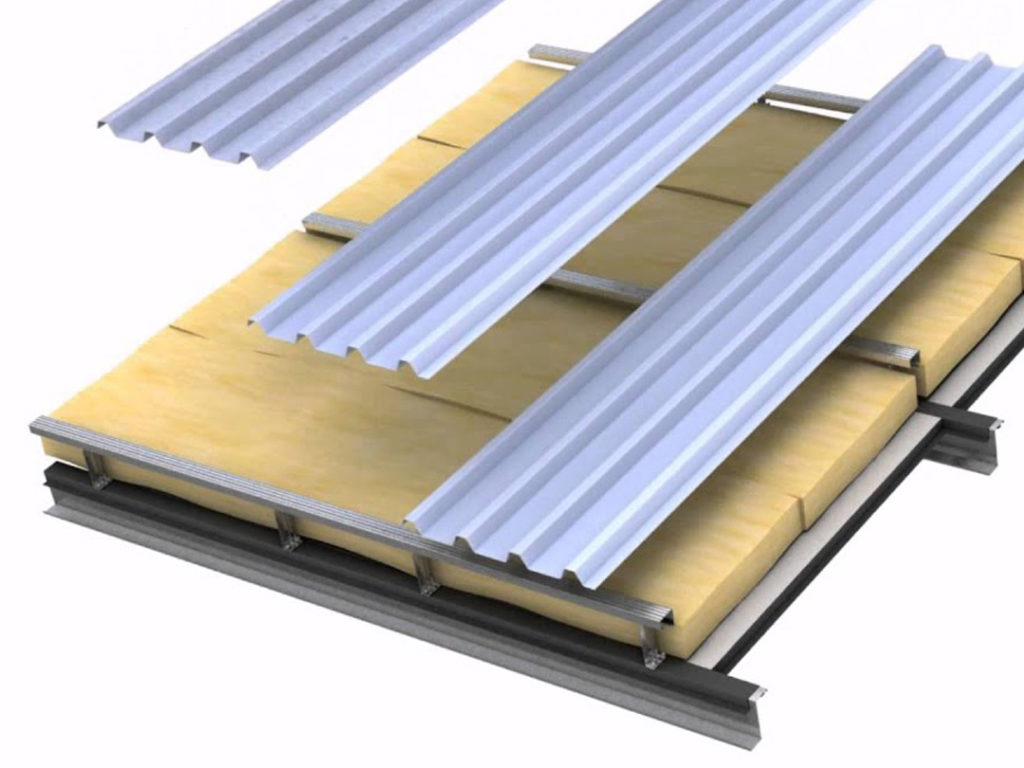
The air gap created by roof insulation spacers allows moisture to escape and prevents it from building up in the insulation material. This helps to maintain a dry and healthy environment inside the building, reducing the risk of mold growth and structural damage.
Improved indoor air quality
Indoor air quality is a critical factor in maintaining a healthy and comfortable living or working environment. Poor indoor air quality can cause health problems, reduce productivity, and lead to a generally unpleasant living or working experience.
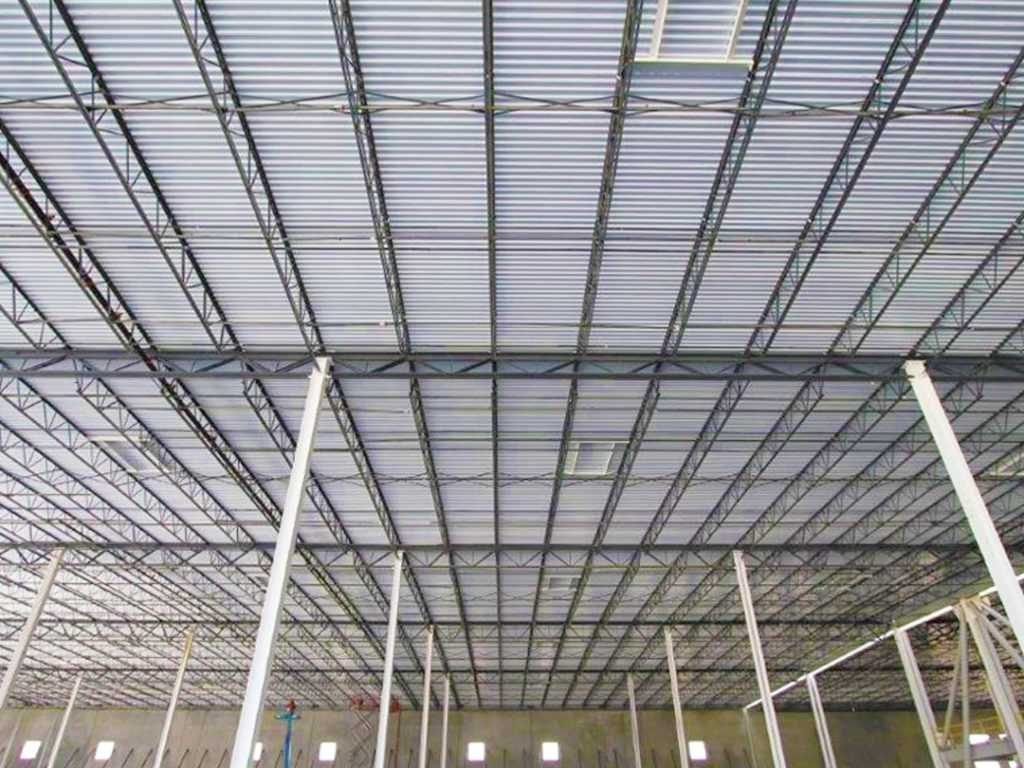
Roof insulation spacers can help to improve indoor air quality by reducing the risk of mould growth and moisture buildup in the insulation material. This helps to maintain a dry and healthy environment inside the building, which is essential for promoting good health and productivity.
Increased building lifespan
Roof insulation spacers can also help to increase the lifespan of a building. By reducing heat transfer and improving insulation performance, roof insulation spacers help to reduce the workload on HVAC systems. This can help to increase the lifespan of HVAC equipment, reducing the need for costly repairs or replacements.
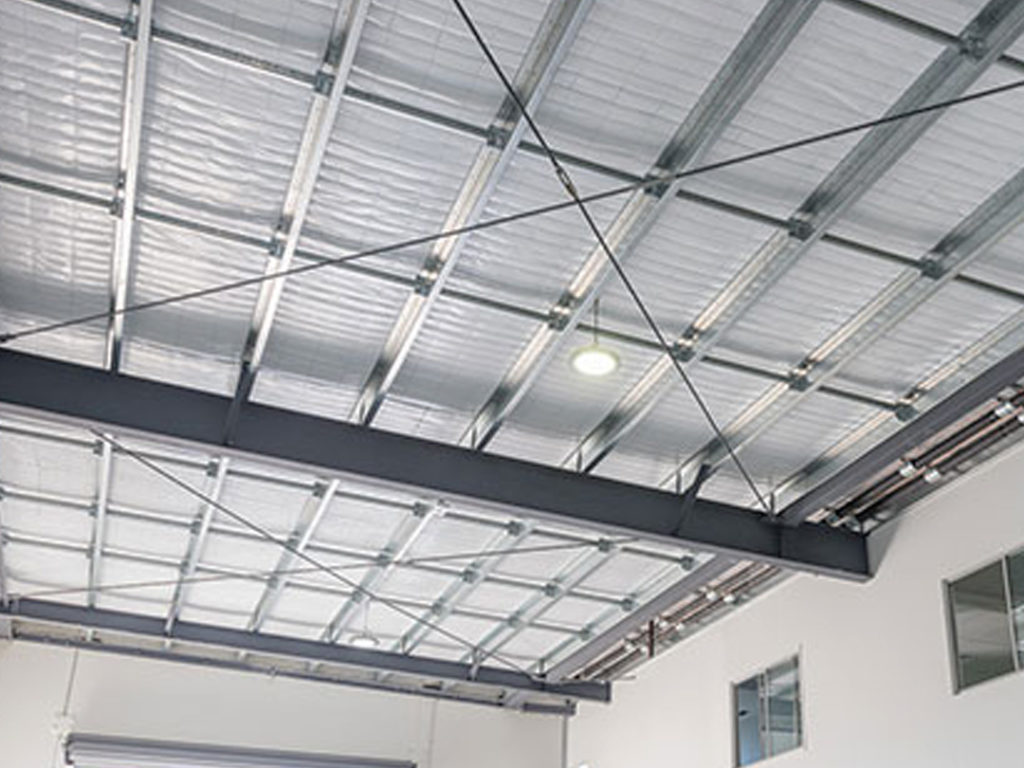
Additionally, by reducing the risk of moisture buildup and mold growth, roof insulation spacers can help to maintain the structural integrity of a building. Moisture buildup can lead to rot, decay, and other structural problems, which can significantly reduce the lifespan of a building.
Easy to install and cost-effective
Roof insulation spacers are easy to install and cost-effective, making them a valuable addition to any building. They can be installed by a professional or DIY enthusiast and require no special tools or equipment.
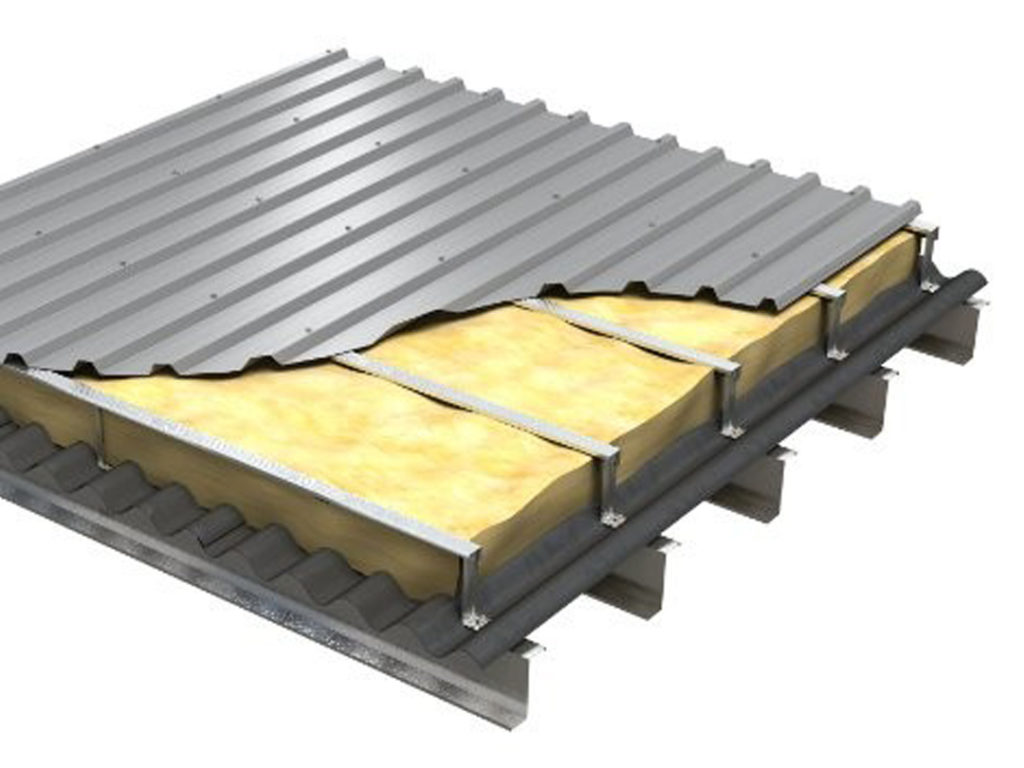
The cost of roof insulation spacers varies depending on the type and quantity of spacers required. However, they are generally very affordable, and the energy savings and other benefits they provide can quickly offset the initial cost.
Conclusion
Roof insulation spacers are a valuable addition to any building that has insulation installed. They improve insulation performance, reduce the risk of condensation and mould growth, improve indoor air quality, increase building lifespan, and are easy to install and cost-effective.
